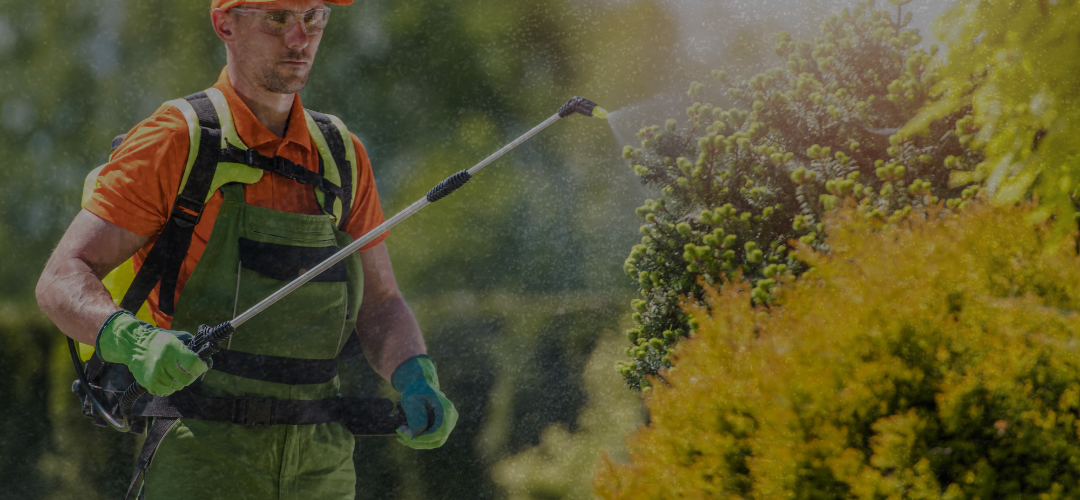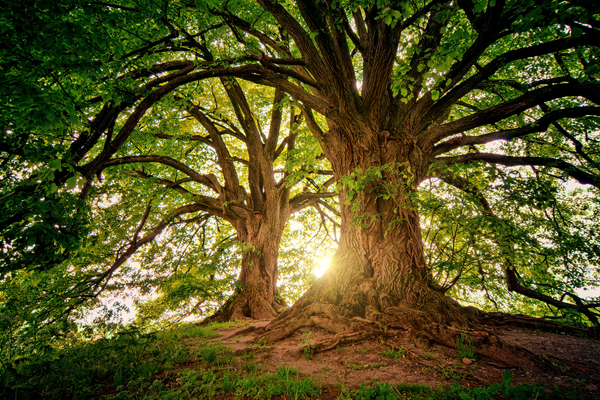You might ask, “Don’t trees get food on their own?” In a forest, yes. But in our yards, the situation is different. Tree fertilization is very important here in Rock Hill, SC.
The big local problem is our soil. Much of the soil in Rock Hill and the rest of York County is heavy clay. You have probably dug in it. It’s thick and sticky. This clay soil gets packed down very hard. This is called compaction. When soil is compacted, it’s hard for tree roots to grow. They can’t get the oxygen they need. This heavy clay soil is also often low in the good stuff trees need to grow. These are the essential nutrients. We also rake up leaves every fall. In a forest, those leaves would break down and feed the tree. In our yards, we take that food away.
This is where professional tree fertilization services come in. The solution is often a method called “deep-root fertilization.” This is not just scattering grainy food on the ground. A specialist uses a special tool. This tool injects a liquid blend of nutrients right into the root zone. It goes deep into the ground where the roots are. This method gets around the problem of hard clay soil.
The benefits are big.
- Corrects Deficiencies: That yellow-leaf look is often called “chlorosis.” It means the tree is not getting enough iron or other nutrients. Deep root tree fertilization can fix this. It gives the tree the exact food it needs. The leaves can turn a nice, healthy green again.
- Boosts Growth: A well-fed tree is a happy tree. It will have a stronger root system. You will see more vibrant new leaf growth. The tree will just look healthier and fuller.
- Increases Resilience: This is a key idea. A tree that has all the food it needs is much stronger. It is better able to fight off problems. It can handle stress from drought. It can also defend itself from pests and diseases. It’s just like how a healthy person can fight off a cold better. Niwaki Tree and Shrub believes that a well-fed tree is the foundation of a great yard.


